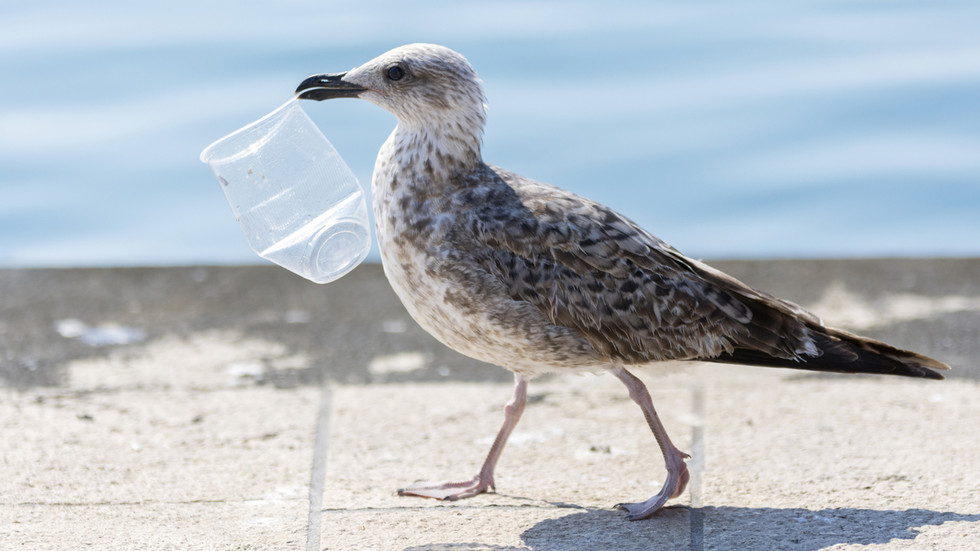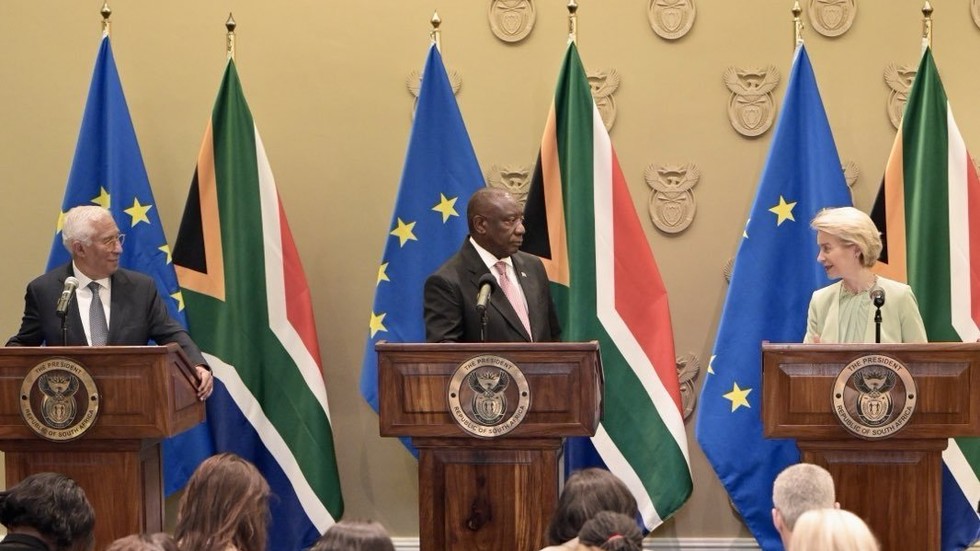What is the function of the cruciate ligament?
There is an anterior and a posterior cruciate ligament in both knees. They connect the femur to the tibia and stabilize the knee joint forwards and backwards, as well as during rotational movements. In addition to the cruciate ligaments, there are the medial and lateral collateral ligaments and the menisci [crescent-shaped cartilage discs between the lower and upper thigh bones].
All ligaments together limit the extension of the knee so that it is not overstretched under normal circumstances. They also restrict the rotation of the knee joint and are supported by the joint capsule, tendons and surrounding muscles. The better the stabilizing muscles are developed, the lower the risk of suffering a cruciate ligament rupture.
How does a cruciate ligament rupture occur?
If the cruciate ligaments are overloaded by a sudden twisting movement, hyperextension or bending the knee to the side, they can tear partially or completely. The anterior cruciate ligament (ACL) is affected ten times more frequently than the posterior cruciate ligament because it is longer and thinner. Most cruciate ligament tears are so-called non-contact injuries. This means that they occur without external influence or direct contact with the opponent, for example during a foul in football.
Landing on one leg, abrupt stops and sudden changes of direction are the most common causes of a rupture. The patient usually feels a stabbing pain in the knee. It usually swells in the hours following the injury because the tear causes fluid to collect in the joint.
 Landing on one leg can often lead to a ligament injuryImage: nordphoto GmbH/Kokenge/picture alliance
Landing on one leg can often lead to a ligament injuryImage: nordphoto GmbH/Kokenge/picture alliance What are the consequences?
The knee can usually no longer be moved well due to pain and swelling, and can only be bent slightly. Pain occurs when weight is placed on it. In addition, the knee joint is unstable due to the lack of function of the ligaments — it slips like a drawer when walking. In many cases, the cruciate ligament is not the only structure in the knee that has been damaged. The outer and inner ligaments, menisci and bones can also be affected.
In rare cases, however, a cruciate ligament may tear without the patient realising it. Such cruciate ligament ruptures often only become apparent later due to damage to the menisci or cartilage in the knee.
How are cruciate ligament ruptures treated?
A torn cruciate ligament is treated either surgically or conservatively. During surgery, also known as cruciate ligament plastic surgery, the torn parts of the cruciate ligament are removed and replaced with a transplant made from the body's own tendon material. However, there are also transplants made from donor material or synthetic material. The operation is usually not performed until weeks or even months after the injury until the swelling has subsided and the knee can move well again.
 For minimally invasive ligament knee surgeries, only small incisions are requiredImage: Sven Hoppe/dpa/picture alliance
For minimally invasive ligament knee surgeries, only small incisions are requiredImage: Sven Hoppe/dpa/picture allianceIn conservative treatment, the knee is initially immobilised for several weeks and stabilized with a splint. If the ends of the torn cruciate ligament are still in close contact with each other, in rare cases the cruciate ligament can even grow back together on its own. However, this does not usually work with the anterior cruciate ligament. The chances are greater with the posterior cruciate ligament, which is shorter and more compact. Conservative treatment always includes targeted training of the muscles around the knee.They should stabilize the knee and thus take over the function of the missing cruciate ligament.
What are the long-term consequences of a cruciate ligament rupture?
Cruciate ligament ruptures can subsequently lead to altered statics in the knee joint, and thus to incorrect loading. This applies to both operated and untreated cruciate ligament ruptures, although the risk is higher in untreated cases. The load on the menisci and joint cartilage increases, which can lead to tears in the meniscus as well as osteoarthritis, the irreversible degradation of the cartilage surfaces in the knee joint that protect the joint. In the worst case scenario, an artificial knee joint will eventually be necessary.
Why do women have a higher risk of suffering a cruciate ligament rupture?
Anatomically, genetically and hormonally, women have less favourable conditions for ligament health. Because they have a wider pelvis, women tend to have a knock-kneed posture, which favours a cruciate ligament rupture if the knee is subjected to the corresponding force. The female musculature is generally weaker than the male musculature, meaning that the stabilizing function is also less strong.
Hormones also play a role: in the second half of the menstrual cycle, the sex hormone progesterone softens the ligaments in the female body and the risk of cruciate ligaments increases. Overall, the risk for women is around twice as high as for men.
 ACL injuries are a regular occurrence in women's footballImage: Heiko Becker/HMB Media picture alliance
ACL injuries are a regular occurrence in women's footballImage: Heiko Becker/HMB Media picture allianceHow long are you out for with a cruciate ligament rupture?
This depends on the severity of the other injuries to the knee joint and the type of sport you play. In the case of a pure cruciate ligament rupture without involvement of other ligaments, bones or menisci, it usually takes six to nine months before you are able to compete again. Normally, there is nothing to stop you returning to sport after a healed cruciate ligament rupture.
With appropriate physiotherapy, you can train on a bicycle ergometer or go swimming about six weeks after the operation. Sports that do not involve sudden changes of direction and high force exerted by jumping and landing, such as running, swimming and cycling, can be resumed after six months. In team sports such as football and basketball, as well as tennis and alpine skiing, it usually takes two to three months longer to make a comeback. The psychological component also plays a major role as it takes time for patients to trust their healed knee again.
Can you play competitive sport without cruciate ligaments?
This is certainly possible in swimming, running, cycling or other sports with less stress on the knees, but is not recommended for sports with high knee stress. Former footballer Zlatan Ibrahimovic played with a torn cruciate ligament for six months in 2022, and although he won the Italian championship with AC Milan, he was barely able to train and only played a few minutes at a time. He underwent surgery at the end of the season.
Former Germany goalkeeper Toni Schumacher suffered a torn cruciate ligament at the age of 18 before his professional career, but Schumacher decided against an operation. He played his entire career (1973 to 1996) with a ‘wobbly knee', but paid for this decision with severe consequential damage and pain, which significantly reduced his quality of life after his career.
This article was translated from German.

 10 months ago
41
10 months ago
41









